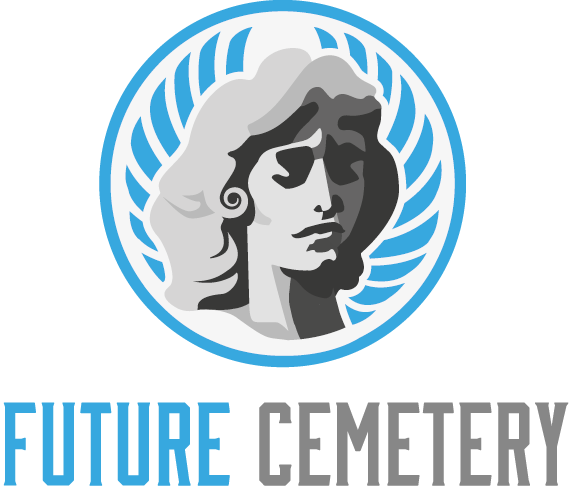Cemeteries offer a space to honor the memory of loved ones. These sites also provide an opportunity for spiritual reflection and grief healing.
The word cemetery is more specific than graveyard, which is a general term that refers to a churchyard with older tombstones. Modern cemeteries are generally much larger and more organized.
Historical Connection
Although a cemetery is often seen as an unpleasant or even frightening place, it can be a source of historical knowledge. The design of the cemetery and the symbols used on memorials offer insights into the values, beliefs, and traditions of a community.
In the past, church graveyards were the only places where people could be buried. After they filled up, independent sites called cemeteries were established to provide more space. Cemeteries are typically more modern and better maintained than church graveyards. They also have larger family plots that are separated by rows of tombstones.
The layout of a cemetery is often designed to reflect cultural traditions and contemporary preferences. For example, columbaria are often incorporated into cemetery grounds to encourage cremation, which is less expensive and more environmentally friendly than traditional burials. The cemetery landscape also includes symbolic elements like trees and shrubs that symbolize life. The weeping willow, for example, is a symbol of grief, but it can also represent immortality because of the hardiness of the plant.
Visually Stimulating
As a place of remembrance and peace, a cemetery should be both serene and stimulating. It should also be accessible to people of all backgrounds, religions and abilities.
In addition to addressing these needs, modern cemeteries often offer a number of services that cater to families, including genealogy information, flower placement programs and special events during holidays like Mother’s Day and Father’s Day. They also use technology to enhance the visitor experience, from digital memorials and virtual tours to advanced grave mapping technologies.
In a competitive online marketing world, it is important for cemetery owners to know that their website, Google Business Profile and social media accounts are the first impression that potential visitors will have of them. Therefore, they must be well rounded and accurately reflect the beauty of the cemetery and the care that the staff provides.
Grief Healing
Whether you’re looking to memorialize your loved one or are still struggling with grief after losing someone, a visit to a cemetery can help. They offer a space for introspection and commemoration, nurturing meaningful customs and connections within communities.
In addition, many people will visit their loved ones on anniversaries, birthdays, or other special days to keep the memory alive. Others will place burning grave candles (known as znicz in Polish) or red poppies on the graves of war veterans as part of a traditional practice.
While grief can be a difficult journey, it’s also a process of healing. Navigating the feelings that come up during a visit can help you move forward, finding peace and comfort in your relationship with your loved one over time. As a result, cemetery visits can be significant milestones in your grief work.
Places of Life
A cemetery is more than just an archival landscape, it’s also a place of life. Despite their association with death, they are spaces where people can openly express grief and experience healing through physical acts such as visiting graves or leaving flowers.
This type of interaction helps to promote community, education and social connection. Additionally, it has the potential to break taboos and encourage conversations about death and the process of grieving.
While the practice of having picnics or meals in cemeteries slowed as populations moved away from the country and into cities, some cemeteries have found ways to reclaim their heritage and cultural value through community engagement. They have reimagined their grounds to include walking tours and arts-centric activations, such as Green-Wood Cemetery, which hosts artist-in-residence programs. These types of initiatives support their mission to serve as tranquil places for people to connect with history, nature and each other.
